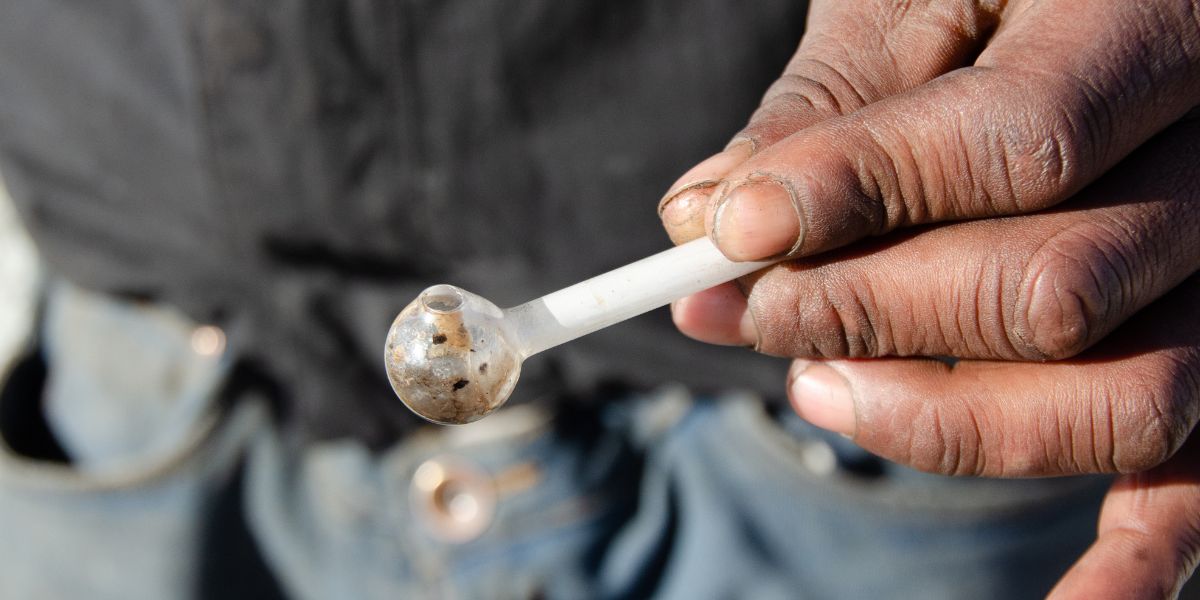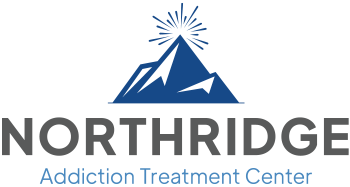P2P Meth

Meth, also known as methamphetamine or crystal methamphetamine, is a highly addictive and illegal drug that stimulates the brain. P2P meth is a stronger type of this drug, causing even more harm. The problem with meth, including this more potent variety, is nearly as significant as the opioid problem. This includes the number of people dying and getting addicted.
The issue with meth and addiction to stimulants didn’t just start all of a sudden. Meth has been a problem in the U.S. for a long time.
Recent studies on drugs show that meth use will continue to harm many people in America. Addiction and death are common for those without support. Northridge Addiction Treatment Center provides help for those struggling with addiction.
Meth History of the United States
The meth problem in the U.S. started like the opioid crisis. Drug companies and sometimes the government promote products without knowing all the risks. They also didn’t understand the long-term effects.
In the early 1900s, people used a weaker meth for colds. By World War II, chemists made more potent meth, easy to make in large amounts for soldiers to boost energy and lessen hunger.
The Nazis created the Birch method to produce meth, which is still used today for ephedrine-based meth. Soldiers returning from war often had meth addiction and mental health issues. Drug companies sold meth for various problems like anxiety, hyperactivity, and weight loss, without needing a prescription until the mid-1950s.
In the 1960s and 70s, drug use increased, and the government began to control drugs like psychedelics and methamphetamines. Drug dealers saw a chance to grow their business.
The Hell’s Angels biker gangs in Los Angeles and Southern California started making drugs differently. They now use phenylacetone instead of ephedrine in the P2P method. This is a change from the Birch method they used before.
In the 1980s, drugs with ephedrine became common, and meth production went back to the Birch method. Drug Cartels and the Hell’s Angels found meth quicker to make and sell than plant-based drugs. They dominated the market. In the early 2000s, the U.S., Mexican, and Canadian governments made strict laws about selling ephedrine and pseudoephedrine, leading to more P2P meth production.
Journalist Sam Quinones first reported the opioid crisis and cartels’ role in his book “Dreamland: The True Tale of America’s Opiate Epidemic.” He then wrote “The Least of Us: True Tales of America and Hope in the Time of Fentanyl and Meth,” about the shift to synthetic drugs. Quinones was among the first to warn about P2P meth, its impact on mental health, and the homelessness crisis in America.

What Is P2P Meth?
P2P meth is what drug dealers made in response to strict laws on ephedrine and pseudoephedrine, used in traditional meth. This P2P meth is stronger, cheaper, and more dangerous than the meth from the early 20th century.
Instead of making meth from over-the-counter cold and allergy meds, chemists use a mix of harmful chemicals that are easier to get. They often add fentanyl to make the high stronger and more addictive. The National Institute on Drug Abuse (NIDA) says most meth in the U.S. is now P2P meth.
Experts who study drugs use samples of meth to figure out where it comes from and what’s in it. This information helps law enforcement agencies find drug sources and helps researchers study drug effects, chemicals, and addiction treatment options.
The production of P2P methamphetamines includes common chemicals such as cyanide, mercury, acetone, hydrochloric acid, lye, sulfuric acid, and nitrostyrene, used to make indigo-colored dye.
These chemicals are hard for governments to control because they’re in many products, from beauty items to fertilizer. This makes P2P meth easy and cheap to produce and sell in large quantities at a reduced cost. During the early 2000s, the price of a pound of meth made from ephedrine was approximately $10,000. Currently, dealers value a pound of meth produced using P2P at around $1,000.
The law treats both ephedrine-based (traditional) meth and P2P meth the same; they are both Schedule II controlled substances. P2P meth looks like white or off-white crystals or a rough white-to-gray powder, almost the same as ephedrine-based meth.
P2P tastes bitter and doesn’t smell until it’s burned for smoking. When smoked, it has a strong chemical or ammonia smell. People who use meth often smell of it, especially after using a lot of it.
Side Effects of P2P Meth
P2P meth has powerful side effects. These effects can be intense even for those who are accustomed to regular meth. This is because of P2P’s chemical composition and the occasional addition of fentanyl.
Side effects of P2P meth include:
- A sudden feeling of happiness
- Feeling disconnected from reality
- High blood pressure
- Increased heart rate
- Breathing quickly
Severe trouble sleeping - Loss of Appetite
- Confusion
- Excessive sweating
- Paranoia and isolation
- Seeing or hearing things that aren’t there
- Thinking about hurting oneself or others
P2P meth is different from regular meth because meth users are usually more friendly and active. P2P users often feel anxious and have scary thoughts that make them avoid people and want to be alone to avoid hurting others.

Long-Term Side Effects of P2P Meth
American journalist Sam Quinones explained that P2P meth doesn’t usually cause overdose deaths. Instead, it slowly harms the body over time. Other experts call the brain effects of P2P meth a “cerebral catastrophe.”
Long-term side effects of P2P meth include:
- Liver failure
- Lung damage
- Brain damage
- Severe dental issues, known as “meth mouth”
- Serious mental health problems
- Not getting enough nutrients
- Significant weight loss
- Memory loss
- Psychosis (losing touch with reality)
- Schizophrenia (a severe mental disorder)
- Having more than one addiction
- Becoming homeless
- Withdrawal symptoms
- Falling into a coma
- Death
Many who have tried to stop using P2P meth report long withdrawal periods, sometimes up to 6 months. Experts think the pure toxic chemicals and added fentanyl make withdrawal longer.
The NIDA suggests treating meth addiction with a matrix model. This includes behavioral therapies, drug screening and testing, drug threat assessment, education, and planning to prevent relapse. They also recommend residential treatment, especially for those without stable housing and with more than one addiction.
P2P Meth Addiction Treatment
At Northridge Addiction Treatment Center, we assist individuals in overcoming drug addiction and mental illness to achieve happiness and stability. We offer medical detox on-site, along with medical, nutritional, and emotional support, to make withdrawal easier and aid in recovery.
Our recovery programs are based on scientific evidence and research, tailored to your needs. We focus on the underlying causes of addiction and prepare you to handle future challenges confidently and skillfully.
If you’re ready to begin a life focused on recovery, contact us now. We can check your insurance coverage and address any questions about your treatment choices.
Find Meaningful Recovery
Our caring and compassionate specialists are eager to help you comfortably navigate this journey to recovery. Our individualized treatment plan, programs, and therapies may be a perfect match for you or your loved one. Let us assist you in living the happy life you deserve. It starts with a phone call.




